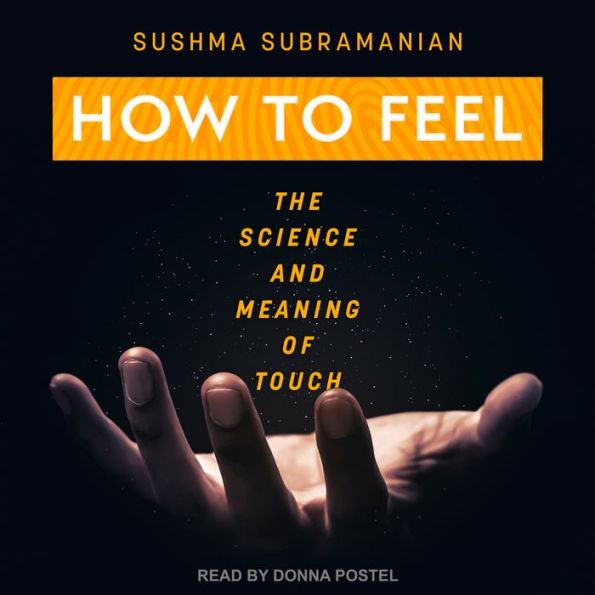Publishers Weekly
11/16/2020
“Ever since Plato, touch has been an unappreciated sense,” writes journalist Subramanian in this accessible debut. The author’s central concern is to find what would happen if society was as aware of touch—“our lowest sense” according to Plato—as it is of vision, which she argues the West favors for its Enlightenment association with knowledge. She begins with an anecdote: one day, struggling with a wobbly desk, she wonders what constitutes touch, concluding “it was unsettling to realize how little I knew about” that sense. This sets Subramanian on an international quest in which she meets Englishman Ian Waterman, one of 10 known people to have a condition that impairs his ability to feel sensations on his skin; interviews professional cuddlers about touch-starvation; tests a sensory deprivation bath; and attends a haptics conference of touch-illusions. She writes of such innovators as Diane Gromala, a visual artist and professor who uses virtual reality to treat chronic pain, and Ingo Koehler, leader of the haptics group at Volkswagen. At the heart is the author’s own curiosity as she moves from being once “touch averse” to someone “electrified” by massage school. Subramanian is a thoughtful guide on this exploration that delivers an eye-opening mix of self-discovery and scientific investigation. (Feb.)
Robert DeSalle
Subramanian brings an intensely personal narrative to the study of touch, with a breadth of coverage and a great balance for scientists and nonscientists alike.
Deborah Blum
In this addictively readable book, Sushma Subramanian explores our vital human sense of touch in terms of history, science, culture, family and most of all humanity. It's a story full of insight and surprise, told by a science writer with a poet's sense of language. Don't miss it.
Olga Khazan
A fascinating look at one of the most mysterious senses. A great read for anyone who has ever wondered why you feel the way you feel, literally.
Booklist
Of all the senses, touch continues to be the least understood because it has so many components that are difficult to isolate.’ [How to Feel: The Science and Meaning of Touch is a] useful introduction to the culture, mechanics, and consequences of touch.
Nature
[Subramanian] enjoyably shows through interviews with philosophers, massage therapists, haptic technologists, a man with no sense of touch and others, touch is our least understood sense.
Tiffany M. Field
This book is a wonderful journey into the science of touch. Sushma Subramanian is a great writer who has deeply researched her subject, so the book offers the experience of discovering science with the ease of reading fiction.
Nature Lib
[Subramanian] enjoyably shows through interviews with philosophers, massage therapists, haptic technologists, a man with no sense of touch and others, touch is our least understood sense.



